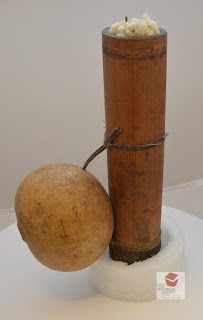The current exhibition at Benton County Museum is a
traveling show from the Smithsonian called “Things Come Apart.” One of the objects which has been
disassembled is a 1964 manual typewriter. As the label for this item notes, the
typewriter was invented by Christopher Sholes in the 1860s. The Benton County
Historical Museum has over 50 typewriters in its collection, ranging in age
from the 1880s to the 1970s.
 |
| Artifacts in the Benton County Historical Society storage vault |
One aspect of the typewriters I found interesting is the
various ways manufacturers arranged the type-bars. The early typewriters were called up-strike
machines because the type-bar swung up and hit the paper on the underside of
the roller (platen). The typist could not see the result without lifting up the
top portion. I imagine there were lots
of typos in the early days!
The Calligraph 2 typewriter pictured here is an example of
an up-strike machine, with separate keys for lower case and upper case
letters. It was the first typewriter
purchased for use on the campus of what is now the Oregon State University and
was used by then president John Bloss, who did his own typing.
 |
| University President John Bloss' typewriter |
The Oliver Standard Visible Writer #3 used a different
arrangement of the type bars which permitted the typist to see the results
directly. The type-bars, which have an
inverted U shape, swing down to hit the paper on top of the platen. It has two
shift keys—one for upper case letters and one for figures. Because this motion
exerted more force, the machines were especially useful for making stencils.
The arrangement of the type-bars into two towers led some to call it the “iron
butterfly.” Various models with this
design were produced from 1894-1928; this model dates from 1902-1906.
 |
| Oliver Standard Visible Writer |
In the next post, I’ll tell you about some other odd
typewriters in the collection.
By
Martha Fraundorf, Volunteer for Benton County Historical Society, Philomath,
Oregon



